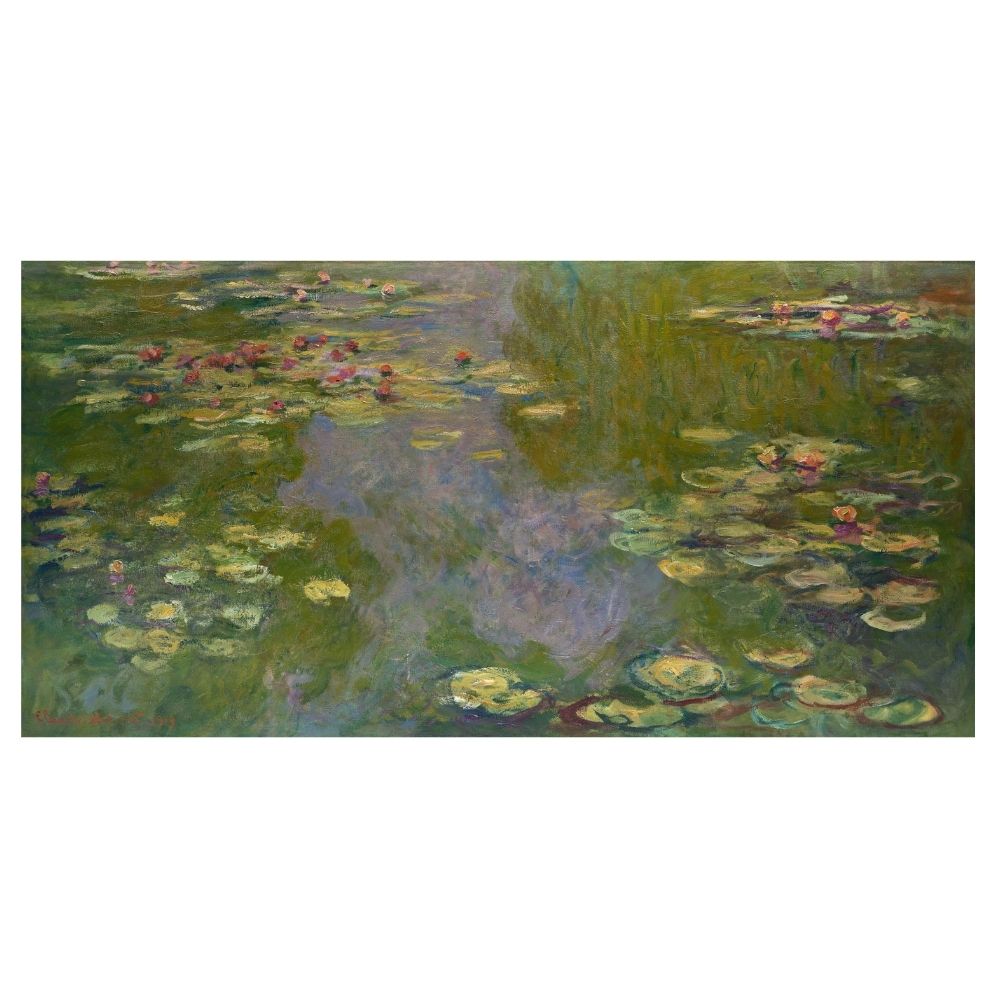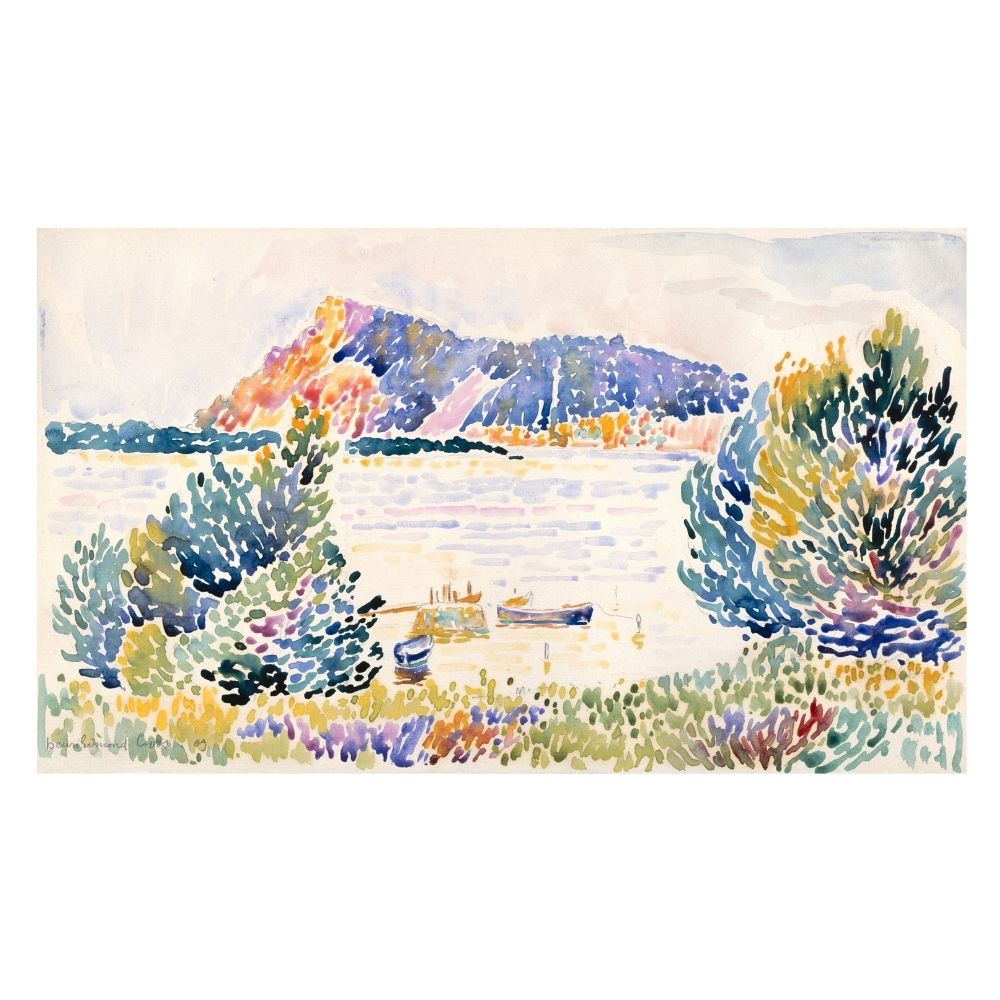14 Art Movements you need to know
Author: Dana McGorlick-Appelman Date Posted:25 March 2022
There are so many movements throughout history that have had a vast influence on art as we know it today. Keep reading to discover a guide to 14 art movements that you should know.
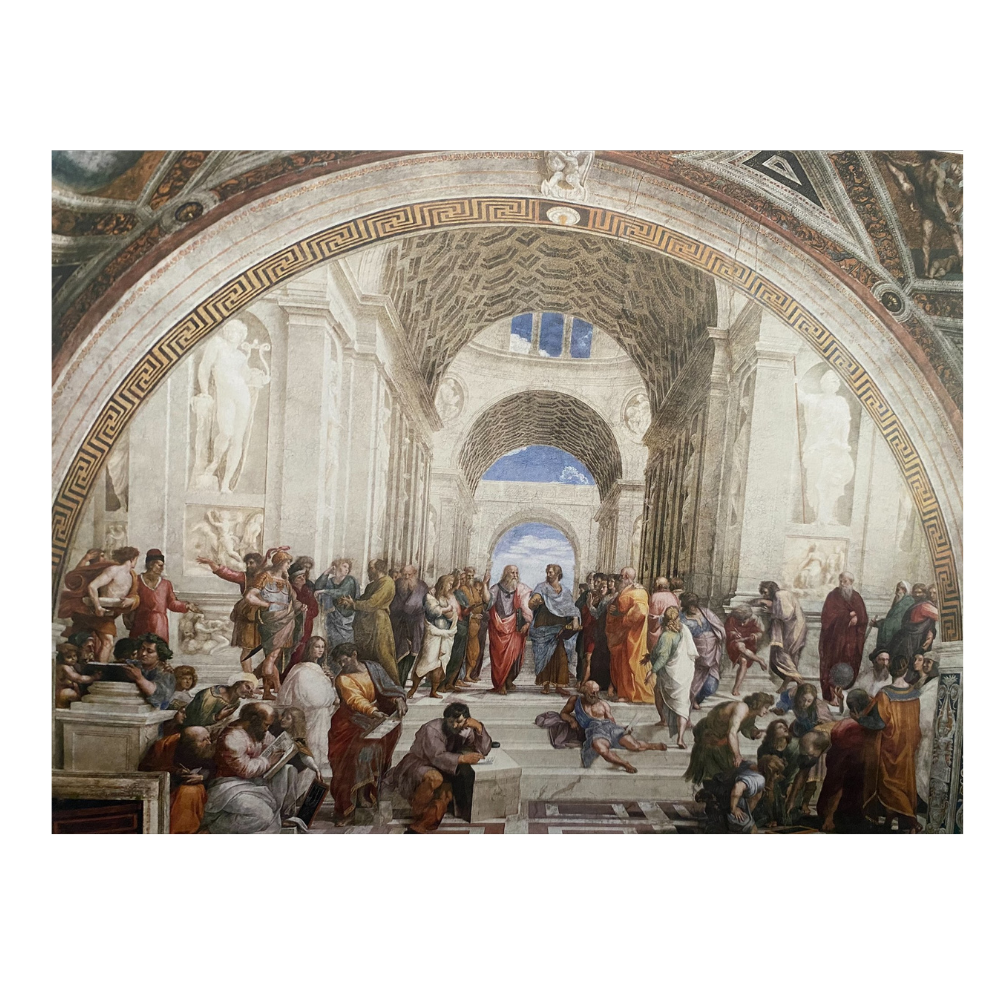
Renaissance
Painting, sculpture and decorative art flourished in Florence Italy during the 15th and 16th Centuries, with renaissance art focusing less on religious symbols as artists began exploring nature and secularism, and the individualism of humans as subjects. The High Renaissance between 1490-1527 saw artists such as da Vinci, Raphael and Michelangelo create groundbreaking, influential and iconic works that are characterized by detail, anatomical realism and a linear perspective.
.jpg)
Baroque
During the seventeenth century, Baroque was the dominant style in art and architecture, characterized by grandeur, opulence and exuberance, complex styles, realism and drama. While the movement originated in Rome, it influenced many artists across Europe, primarily between 1630-1680. Themes include catholicism, as well as nudes, portraits, mythology and still lifes. Paintings of this period appear dramatic, with rich contrast between light and dark tones (also known as chiaroscuro). Key artists of this movement include Caravaggio, Rembrandt, Bernini, and Paul Rubens.
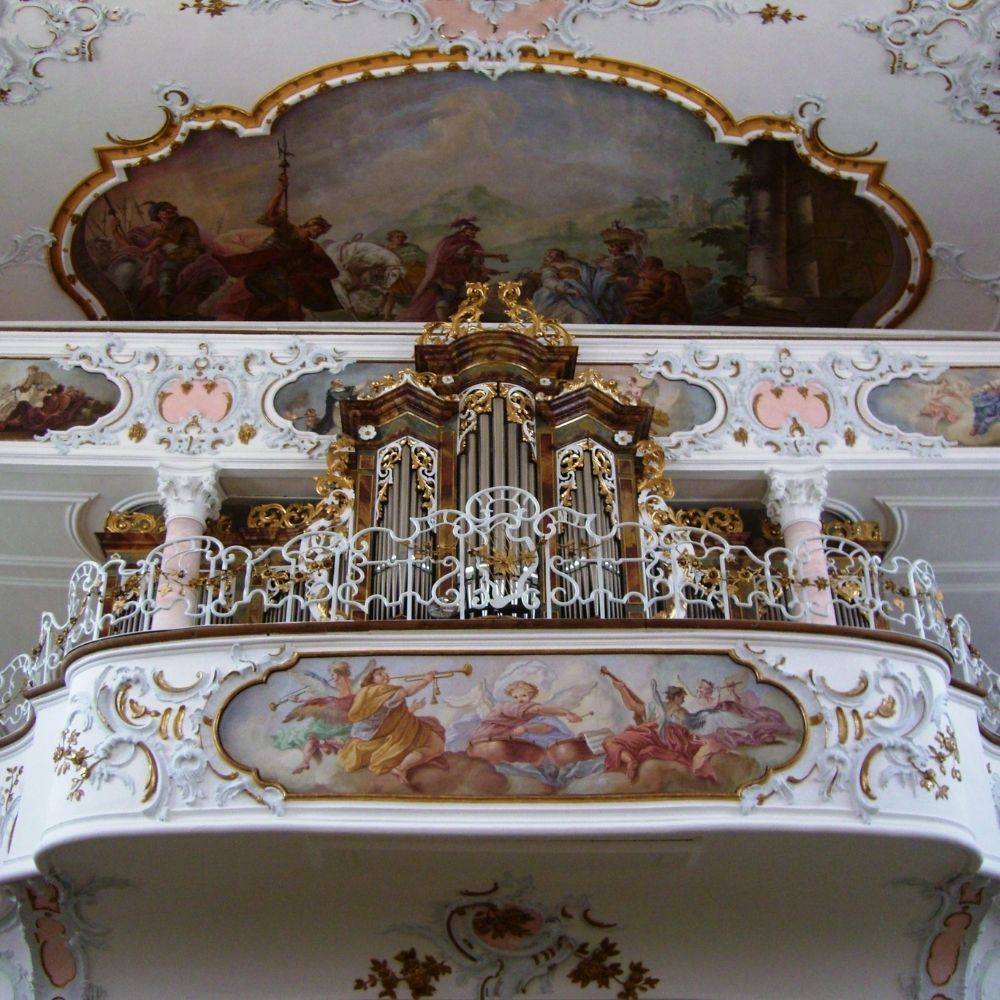
Rococo
Following Baroque, a softer, elegant aesthetic in painting, architecture, sculpture and decorative art developed, renowned for its lightness, elegance, subtle pastel colours, asymmetrical design, curves and gilding. This style is known as Rococo. This style originated in Paris, with key artists of the movement being Jean-Antoine Watteau, Francois Boucher and Jean-Honoré Fragonard.
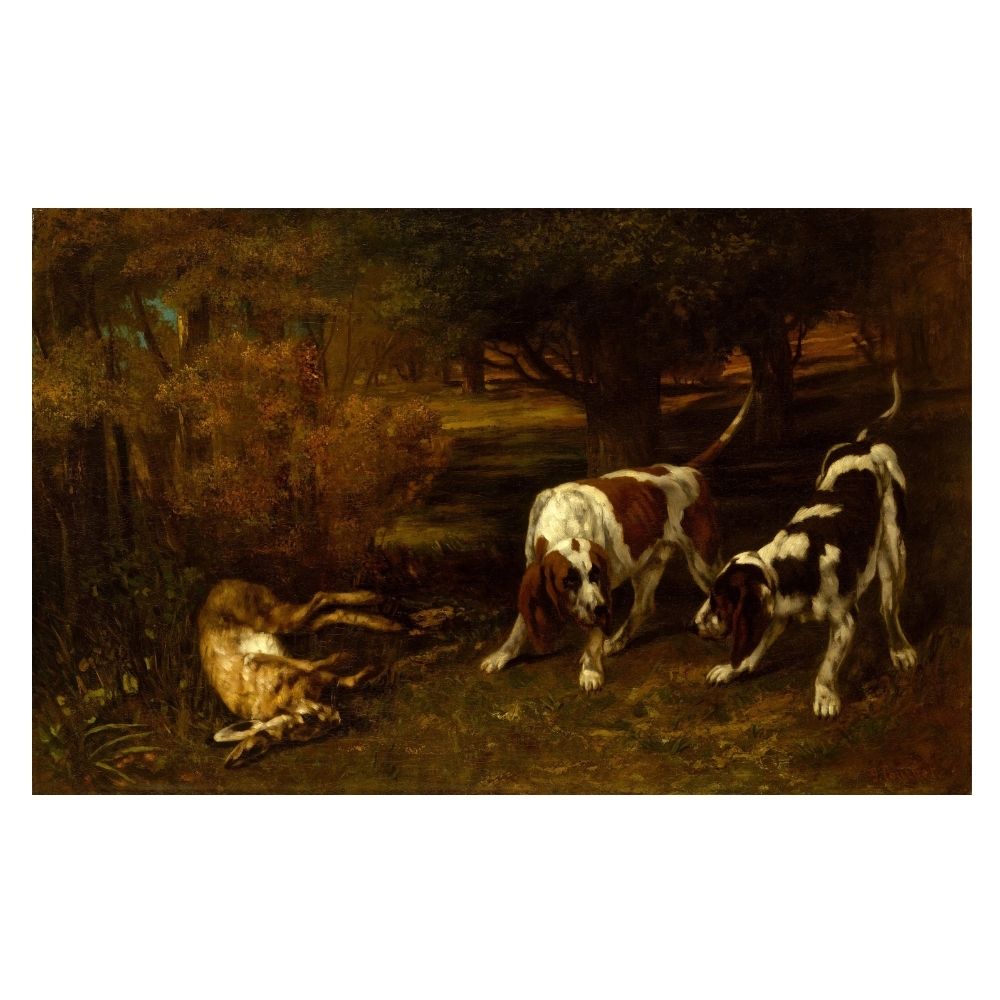
Realism
Realism began in France in the 1840’s, and was a painting style inspired by the rise of journalism and photography with the desire to capture the everyday with precision, detail and accuracy. A key player in the realist movement was French artist Gustav Courbet, whose subjects were exclusively what he could see.
Impressionism
Developed in France in the nineteenth century by artists such as Claude Monet, impressionism is a painting style that is based on ‘en plein air’ painting or painting outdoors, to capture fleeting moments of contemporary life and the dynamic and illuminating effects of sunlight outside, rather than studio-based subjects. The impressionists rejected the style of realism and historical painting that was popular at the time, turning instead to subjects such as landscapes and mundane scenes to portray them with vivid colours and in gestural forms.
Impressionism is characterised by rapid brushwork and thick, expressive impasto strokes to symbolise moments in time, generating a sense of atmosphere or “impressions” that absorb the viewer in the work.
Impressionism has since gone on to become one of the most popular movements in art history. Using impasto or thick, rich coloured paint and a palette knife, the impressionists were able to add texture, movement and dimension to their work. Impressionism was also notably the catalyst and inspiration for many more Art Movements including Fauvism, Cubism and Symbolism.
Read more about Impressionism here.
Fauvism
Fauvism was the first avant-garde movement of the 20th Century, and while its lifespan was short-lived over only 5 years, it is noted as an important stepping stone and catalyst to movements such as Expressionism and Cubism.
A key figure in Fauvism is Henri Matisse, whose work is characterized by intense colour and brushwork and a flat composition.
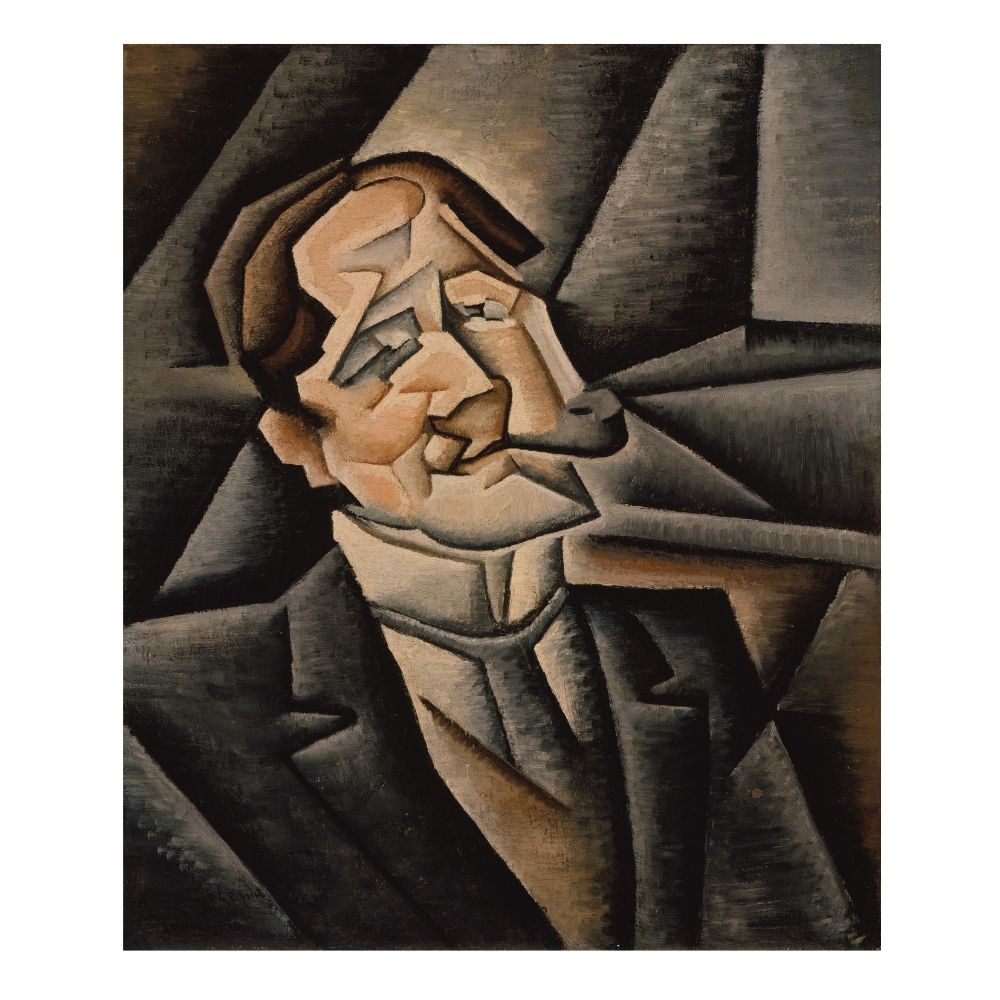
Cubism
Cubism is a style This style is noted for its two dimensional and flat surface, geometric forms and varied viewpoints. The movement, which was invented between 1907-1908, was revolutionary for its time, presenting a new way of depicting reality through the geometric breakdown of a composition or scene. Artists such as Pablo Picasso and Georges Braque moved away from traditional painting techniques and turned instead to abstraction through fragmentation.
Dadaism
During the First World War, an art movement was formed in Zurich, Switzerland that focused on nonsensical and satirical art, performance and poetry as a reaction to and mockery of nationalism, materialism, western art ideals and the bourgeois, this movement was Dada. It soon branched out internationally to many cities including New York, Paris and Berlin. A key figure in this movement was Marcel Duchamp, primarily for his work ‘Fountain’, a readymade porcelain urinal, that has since become an icon of the movement.

Surrealism
Emerging in 1916, Surrealism is a movement that has inspired much contemplation and the exploration of the unconscious mind. Dada was a catalyst for the surrealist movement, pushing against rationalism and towards the power of imagination and psychoanalysis of dreams and the subconscious as explored by neurologist Sigmund Freud.
Salvador Dali is a key figure in the surrealist movement, and his works are known for the enmeshment of vivid and fantastical dreams paired with historical events.
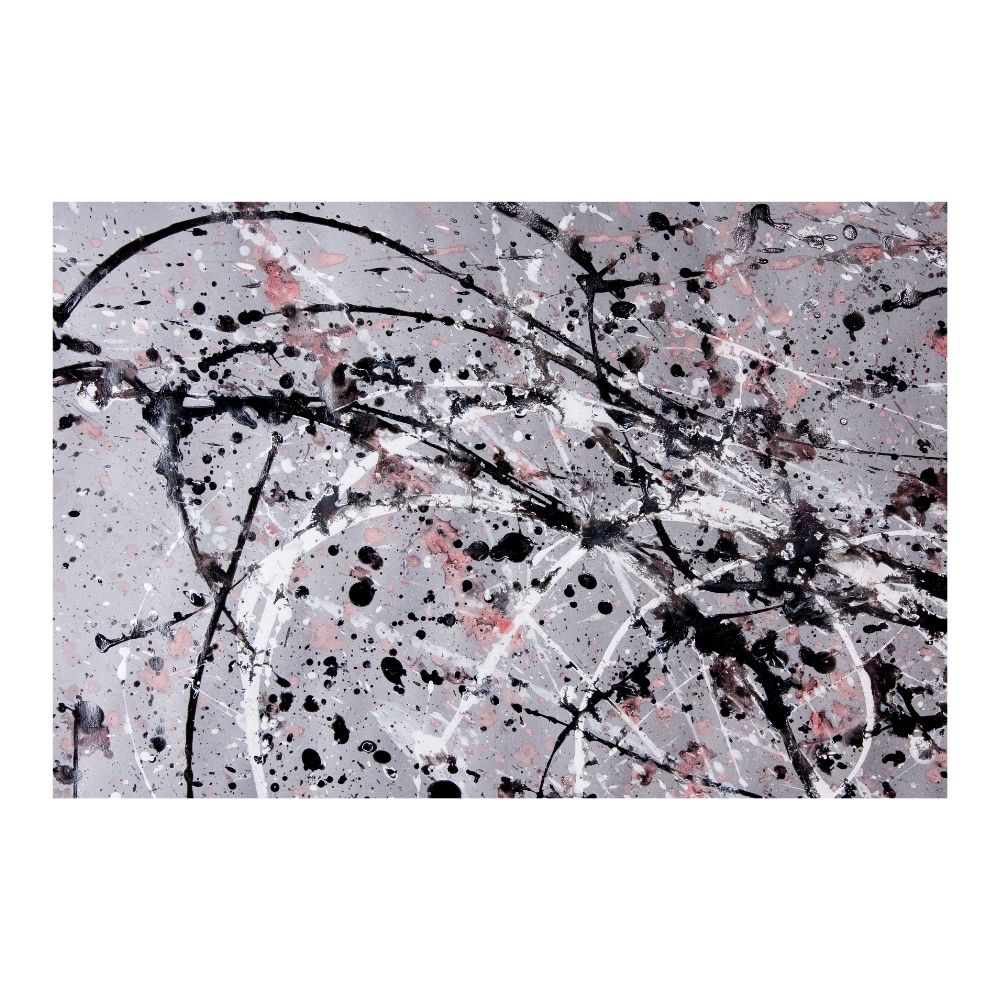
Abstract Expressionism
Abstract Expressionism is a movement that emerged during the 1940s and 50s in New York City. It is characterised as art that is abstract but expressive, and emotional in its effect, both for artist and viewer. It was sparked after World War II in New York City, during a time that relished jazz music and beat poetry, with key artists in the movement inspired by surrealist ideals of art being an expression of unconscious thought. The movement has also come to symbolise an expression of freedom in a conservative post-war era, and a radical re-definition of the painting experience that varies from spontaneous to contemplative. The movement is not known for a single cohesive style, but rather the interest in the use of abstraction to express emotion, with the process of art-making more important than the final result. Abstract expressionist paintings are often large scale works that absorb the viewer, and allow emotion to be projected by the artist. Abstract expressionism relates chiefly to gestural, action, and colour field abstract painting, however also abstract sculptures and drawings, and is characterised by unconventional techniques. Artists such as Willem de Kooning, Helen Frankenthaler, Lee Krasner, Jackson Pollock, Mark Rothko, Franz Kline, Elaine de Kooning and Joan Mitchell are key figures of this movement. Read more about Abstract Expressionism here.

Minimalism
Minimalism formed in New York as a reaction to the Abstract Expressionist movement, pushing away from emotive or expressive pieces, aiming instead to create beauty through simplicity and order. A key artist of this movement is Frank Stella, whose work explored pattern and line work to captivate viewers. He famously stated about his paintings ‘What you see is what you see’, there is no representation of reality or a subject, just the harmony of simplistic forms.
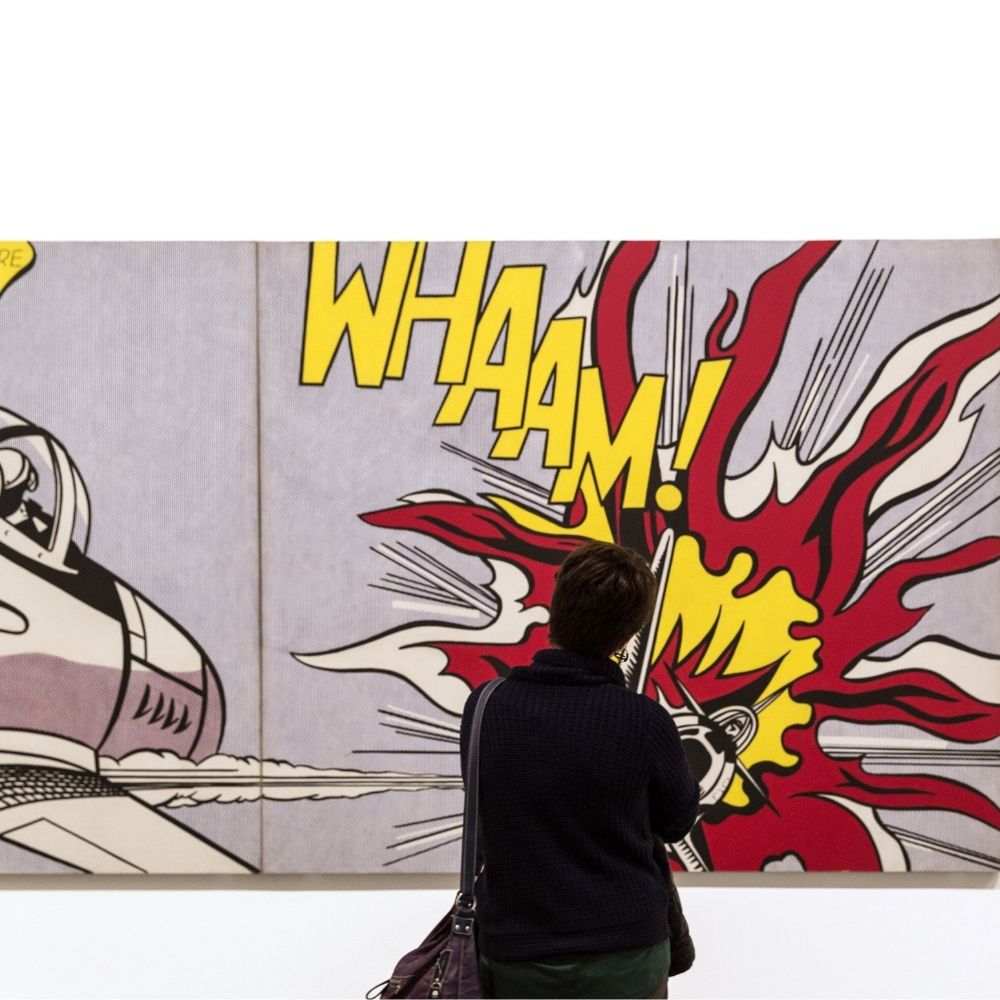
Pop Art
Arguably one of the most influential art movements of the twentieth century, Pop Art was established in the 1950s and draws its inspiration from consumption, mass media and popular culture. Pop Art challenged the idea of a divide between ‘high’ and ‘low’ culture. Everyday objects and celebrities became the subject of many iconic artworks from this period, with artists such as Andy Warhol and Roy Lichtenstein key players in this movement.
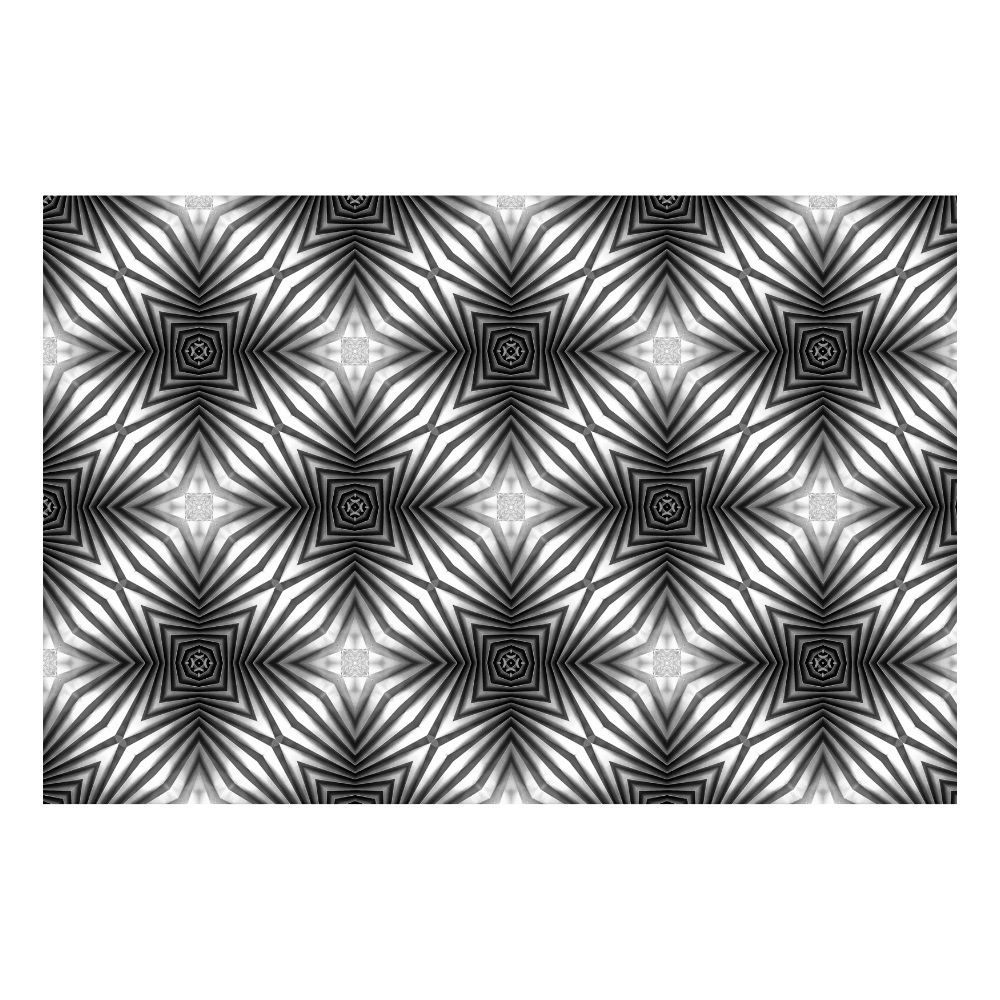
Op Art
Op Art, Short for Optical Art is a movement that launched in 1955 with a group exhibition called Le Mouvement. Op Art is characterised by the use of patterns and colours to create hypnotic works that appear to move, captivating and exciting the viewer.
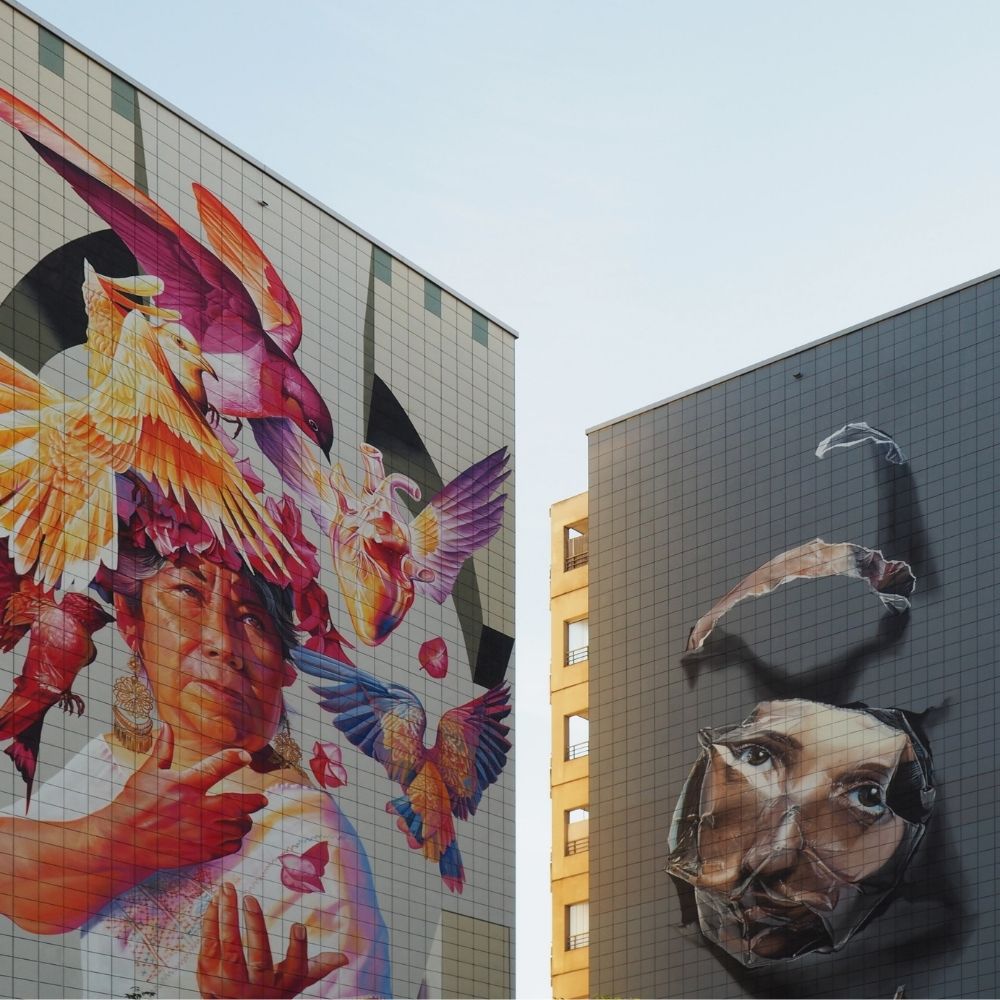
Contemporary Art
Contemporary art relates to present-day movements, starting in 1970. Various movements have emerged during this time, including postmodernism, feminist art, new-expressionism, street art, appropriation, Digital Art, Land Art, Abject Art, and Contemporary Aboriginal Art, among many many others.
There are many more art movements that exist, including a plethora outside of the western canon.
What is your favourite art movement? Tell us in the comments below.
Don't forget to show us your art by tagging us on Instagram @artshedonline for your chance to be featured!








